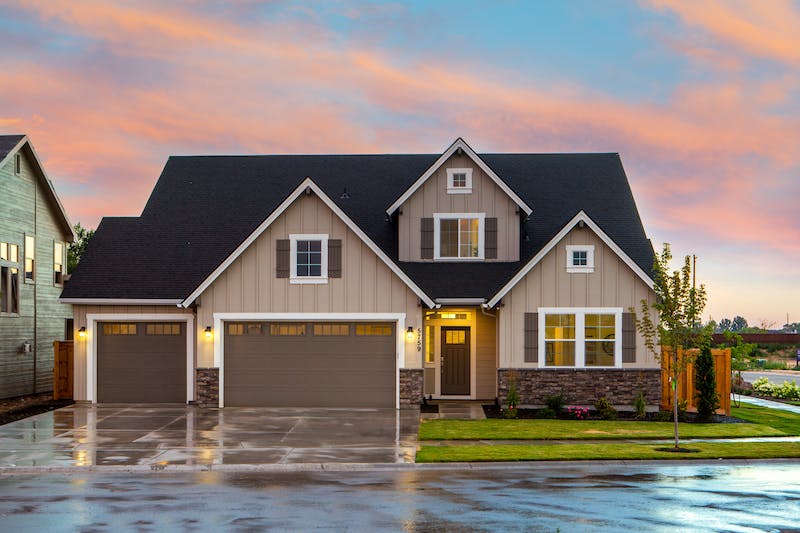Mixed-use properties and SDLT
For stamp duty land tax (SDLT) purposes, a property may be a residential property, a non-residential property or a mixed-use property. The classification is important as it determines the rates at which SDLT is charged.
Recently, there has been a slew of cases concerning mixed-use properties. A mixed-use property is one comprising both residential and non-residential use. Having an element of non-residential use alongside a residential property can be beneficial from an SDLT viewpoint as SDLT is charged at the lower non-residential rates. Where the purchaser already has a residential property, a further benefit of being able to access the non-residential rates is that the 3% supplement does not apply.
What counts as a mixed-use property?
A mixed-use property is one that has both residential and non-residential elements. HMRC cite the example of a flat attached to a doctor’s surgery or an office. A property comprising a shop with a flat above it would also qualify as a mixed-use property.
However, problems may arise in practice where mixed-use rates have been paid where there is a small area of what is claimed to be commercial land attached to a house and HMRC may challenge whether the land purporting to be non-residential land is actually non-residential land. Challenges are particularly prevalent where amended SDLT returns have been filed with a view to securing a refund of SDLT previously paid at the residential rate.
Residential use
The definition of residential property includes land that forms part of the garden or grounds. Consequently, if the land in question forms part of the garden or grounds, it is residential land.
Non-residential use
A non-residential property is any property that is not a residential property.
Non-residential property includes:
commercial property, such as shops or offices;
property that is not suitable to be lived in;
forests;
agricultural land that is part of a working farm or that is used for agricultural reasons; and other land or property that is not part of a dwelling’s garden or grounds.
The mixed-use rates also apply to six or more residential properties purchased in a single transaction.
Practical application
For the mixed-use rates to apply, there must be an element of non-residential use. Land can only be non-residential land if it is not residential land. The first question to ask is whether the land is all residential land (and that includes land that is garden or grounds as well as the house itself). The answer has to be no for mixed-use rates to be applicable. In deciding whether the non-residential test is met, consideration must be given to the extent of the commercial use and whether the commercial use will mean that the land does not form part of a garden or grounds.
In recent cases, HMRC accepted that land used for grazing and let to a local farmer was non-residential land.
However, they did not accept that a lane running through a property which was classified as a public highway was non-residential land as the footpath did not compromise the reasonable enjoyment of the dwelling. A similar argument was applied in respect of a pole in a garden which supported electricity cables.
Businesses are often run from home and where there is genuine commercial use of part of the land, there should not be a problem securing the mixed-use rates. However, HMRC are alert to flimsy claims.

